By Lucy Komisar

“All Static and Noise” is what its title says, lots of static and noise, not much clarity, an anti-China propaganda film about claimed repression of the Uyghurs, Muslims living in Xinjiang in the northwest of China.
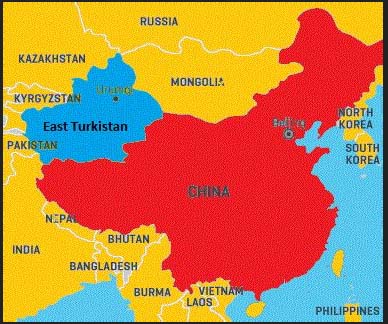
Promoted largely by the U.S. government and acolytes, the claims are so without evidence, that it is hard to think the producers thought any smart viewers would believe them. Yet, most Americans depend on reporting by the mainstream press and do not likely have any independent sources. Or even memory, since they probably don’t recall that the U.S. in the not distant past labeled some Uyghur groups terrorists and sent Uyghurs to Guantanamo detention.
And note the authors of the separatist map, the “Campaign for Uyghurs,” gets its total revenue of over $600K from the U.S. government for “Community Improvement, Capacity Building / Community, Neighborhood Development, Improvement (General).” “Propaganda,” the real purpose, is not mentioned. See the summary over several years and the last full filing. Whose “community” is being improved? This U.S. grant description seems very fake.
The film was screened at the Double Exposure Investigative Film Festival in Washington in November. Appropriately, I looked at it as an investigative reporter, not as a film critic.
The film attempts to establish that China has abused the ethnic Uyghur population, including those living in neighboring Kazakhstan and traveling across the border, because they are Muslim and culturally different from the Han Chinese. It never suggests why that should matter, why Chinese leaders don’t like Uyghur culture, including dance, music, religion and even food.
The key point dealt with throughout is the U.S. claim (supported by politically aligned groups such as Human Rights Watch), that China has detained over a million Uyghurs, out of the 12 million who live there. It’s a tiny number for a country of 1.4 billion, but huge in the context of the total Uyghur population, which is about half that of Xinjiang. However, the film provides no evidence of the alleged numbers. Nor does HRW. They appear to just make the figures up. (Xinjiang is relatively sparsely populated. Most of China’s people live in the east, on the coast, and around the major cities.)
At a Council on Foreign Relations meeting, I said to Ken Roth, till recently head of Human Rights Watch, that if there were a million Uyghurs put in prison, many thousands would have tried to flee China. I said, “Where are the refugees, the refugee camps?” He replied, “They send them back.” I said, “Who?” Who sends them back? Roth declined to reply and hurried away across the Council meeting room.
The film supplies no evidence of refugee camps. So, where are they? For all the U.S. government talks about the Uyghurs, “Time” magazine says no Uyghur refugees are in the U.S.
And where does the “one to two million” number come from? The film never says. In fact, it admits there is no information on the numbers.
The Uyghurs are described as a Turkic Han minority with its own language close to Uzbik, using Arabic script, primarily Muslim. (Latin spellings Uiyghur and Uyghur are both used. I use the originals I cite.)
The film’s map shows them living in an area marked both Xinjiang and “East Turkestan.” You won’t find East Turkestan on standard maps. (Latin spellings Turkistan and Turkestan are both used.)
That is the first clue. East Turkistan is a name used by Uyghur separatists in Xinjiang. They also call it Uighuristan and seek independence from China. The film offers no explanation or suggestion of why China might not like this. Check out Spain/ Catalonia, Serbia/ Kosovo, India/ Khalistan, Turkey/ Kurdistan, U.S./Puerto Rico – eleven members of FALN /Armed Forces of National Liberation were arrested in Evanston, Illinois, in 1980, sentenced to prison terms of as long as 90 years. Separatism, included that promoted by violence, is a phenomenon that presents political and security problems more complex than the film suggests.
But the film ignores the radical Islamist element of the Uyghur independence movement. According to the Combatting Terrorism Center at West Point, “there is evidence of a fringe extremist current within the larger Uighur nationalist movement that frames Uighur aspirations in a radical Islamist context and is involved in transnational radical Islamist movements.” It mentions that Uighurs are only half the Xinjiang population.
The West Point center says the region shares frontiers with Kazakhstan, Kyrgyzstan, Tajikistan, Mongolia, Russia, India, Pakistan, and Afghanistan and that, “China’s concerns about instability in Xinjiang stemming from Uighur nationalism are compounded due to the region’s vital strategic significance” – natural gas, oil, coal and other minerals. It says, “Since Xinjiang shares a border with Afghanistan and Pakistan, Beijing worries about the spread of al-Qa`ida- and Taliban-style influence in the province, especially amid the war in Afghanistan and mounting instability in Pakistan. Other threats, such as opium and heroin trafficking, already a serious problem in the region, are also a major concern for Beijing.”

The center says that “Uighur rights advocates in the diaspora who engage in peaceful political opposition to what they often describe as the ‘Chinese occupation of East Turkistan’ are politically savvy, organized, and can often count on allies in diplomatic, human rights, and religious circles.”
It says, “One such group, run by exiled Uighur activists, is the World Uighur Congress (WUC) led by Rebia Kadeer, a native of Xinjiang living in self-exile in the United States.” The center says, “Beijing is concerned that foreign powers such as the United States will use the Uighur issue as a political lever over China.”
It says, “Since the 1990s, Beijing has implicated a number of Uighur organizations in terrorism, including bombings, arson attacks, assassinations, and abductions in Xinjiang and other parts of China.” The U.S. in 2002 designated the East Turkistan Islamic Movement a terrorist organization.
The Bush Administration designated the PRC-targeted “East Turkistan Islamic Movement” (ETIM) as a terrorist organization in August 2002 and allowed interrogators access to Uighur detainees at Guantanamo.
The center said that In 2008 China was threatened by another militant group, the Turkistan Islamic Party which claimed responsibility for a series of terrorist attacks, including a string of bus bombings in Xinjiang and elsewhere. It threatened to stage attacks during the summer 2008 Olympics in Beijing.
It said that in a videotaped statement senior al-Qa`ida leader Abu Yahya al-Libi in 2009 called on Muslims to direct their attention to the plight of the Uighurs. Regarding the violence in Xinjiang, Abu Yahya declared: “This massacre is not being carried out by criminal Crusaders or evil Jews who have committed crimes against our nation…Today, a new massacre is being carried out by Buddhist nationalists and communists against the Muslim population in eastern Turkestan…It is a duty for Muslims today to stand by their wounded and oppressed brothers in East Turkestan…and support them with all they can.”
The center notes that, “Overall, the radical Islamist strain of Uighur militancy constitutes a fringe among Uighur militants, not the dominant trend claimed by Beijing.” However,
Between 1990 and 2016, thousands of terrorist attacks shook the Xinjiang Uygur Autonomous Region in northwestern China, killing large numbers of innocent people and hundreds of police officers. Horrific stabbings and bombings rocked the land once known as a commercial hub on China’s ancient Silk Road.
The film doesn’t mention any of this. Read the full article. And now consider the film.

“Our country East Turkistan.” Who decided that Xinjiang was East Turkistan? Nobody recognizes East Turkistan, not even the U.S. Groups claiming to speak for under one percent of China’s population claiming 16 percent of China’s territory! What is behind that?
The film says that in 2016, there began to be detentions of Uyghurs from bordering Kazakhstan. It does not say why. They were Uyghur separatists. The film does not talk about the terrorist separatist movement.
The film attempts to present evidence with visuals that do not prove anything. This shows prisoners on the ground at a train station. It follows a section saying that China said re-education centers existed to deal with extremist thought and teach skills and that they all graduated.
The film doesn’t deal with that claim, but puts up these photos and video to suggest Uyghurs are being imprisoned.
The film provides no provenance, but I traced the photo to this Sept 21, 2019 link of a CNN article, which does not include the printed location or date.
CNN says: “A drone video appearing to show hundreds of blindfolded men being led from a train in China has raised new concerns over the ongoing crackdown on Muslim Uyghurs in the far western region of Xinjiang. The video, which was posted online anonymously last week, shows hundreds of men, most of whom are dressed in purple and orange vests with the words “Kashgar Detention Center” printed on them, seated in rows on the ground of what appears to be a large courtyard outside a train station. “The video.
It was posted on Twitter by “War on Fear.”
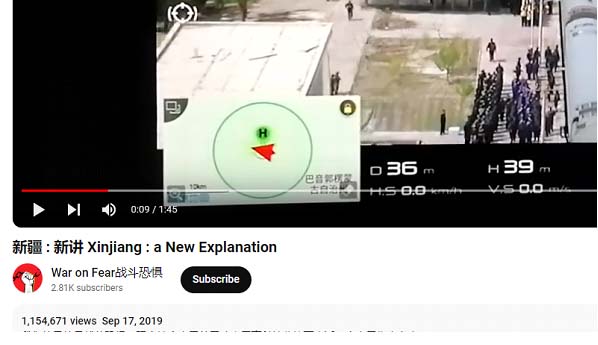
Where did the video come from? From a Chinese government watch tower? From a Chinese drone? From American or other western intelligence agencies using spy satellites? How did the Twitter poster get it? How do we know what this video really shows? If the date is correct or of an earlier terrorist roundup? CNN didn’t say. Putting the video and twitter post together, a likely explanation is that the video was taken by a U.S. spy satellite and sent by the CIA’s “War on Fear” troll to CNN.
I invite people with expertise about U.S. spy satellites to comment on this.
The hero of the film is separatist leader Itham Tohti.
He was arrested, tried, sentenced to life. The film does not cite the charges or reasons for the judgment, but it flashes this article, the source not identified, not posted long enough for anyone to read.
I took a screen shot and saw that he was charged with advocating separatism, inciting ethnic hatred, supporting terrorism. The judge said his support for autonomy was a disguised call for independence. The sentence appears overly harsh, though not unusual in the context of how countries, including the U.S., deal with separatist movements.

The story was published by the Washington Post, Sept 23, 2014.
The NY Times put the story in the context of ethnic rioting that resulted in deaths of 200 people, most Han Chinese. “Moderate” is not the word one would use for these people.
The film includes this example of a Uyghur separatist. ”I’m a Uyghur from East Turkistan. A Uyghur Turk.”
Uyghur Turk separatists are part of a movement that has committed murderous attacks in China. The film says nothing about that.
The West no longer talks about Uyghur terrorism. The daughter of Ilham Tohti is shown accepting a prize from the European Parliament.
She talks of “the plight of over one million Uyghurs who have been forcibly detained in concentration camps in the Uighur region.” She claims there is no freedom for Uyghurs in China. That the government has put one million, probably even more into concentration camps .
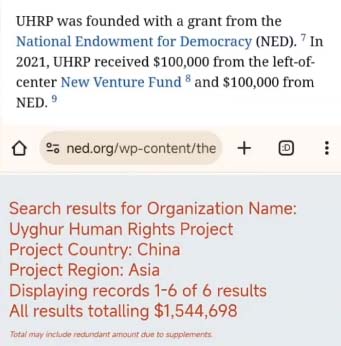
That Uyghurs are forced to give up their religion, language and culture. That forced labor is widespread and people are tortured. But there is zero evidence for any of that.
She calls for European countries to take Uyghur refuges, says they are scared to go back to China, but does not say where they are. If there are so many refugees, where are they and why are the prize-giving Europeans not taking them?
She says, “This is not about fighting China.” But of course it is.
The film cites “reports” of 250 prisons, 230 reeducation camps, 140 labor factories. There is no evidence provided.
What does this drawing tell you? It appears to be an architectural design. The other looks like an architectural model. If they were real life structures, were the photos taken by a drone? A spy satellite? Whose? The film does not identify where they come from.
There is no evidence that these are camps. Can you x-ray/see what is going on inside? Maybe storage facilities or factories, maybe a university campus or a medical complex? These graphics without evidence mean nothing.
Now the charge of detaining a million Uyghurs, obviously not proven, has been shifted to the claim of “reeducation camps” set up to deal with the separatists/terrorists. China is attacked on the claim it is teaching Uyghurs skills to get better jobs!
Among the film’s listed advisors is Adrian Zenz, a right-wing German who opposes equal rights for women, reviles Jews, and predicts a second coming of Christ (see links below).

Zenz, a major fabricator of anti-China Uyghur stories, at a moment of truth, admitted he didn’t have evidence for his claims. But with encouragement from the BBC, financed via the UK government, he “found,” ie invented. He has shares his “findings” in testimony to the U.S. Congress.
Zenz originated the concentration camp claim, but see how he has changed his tune.
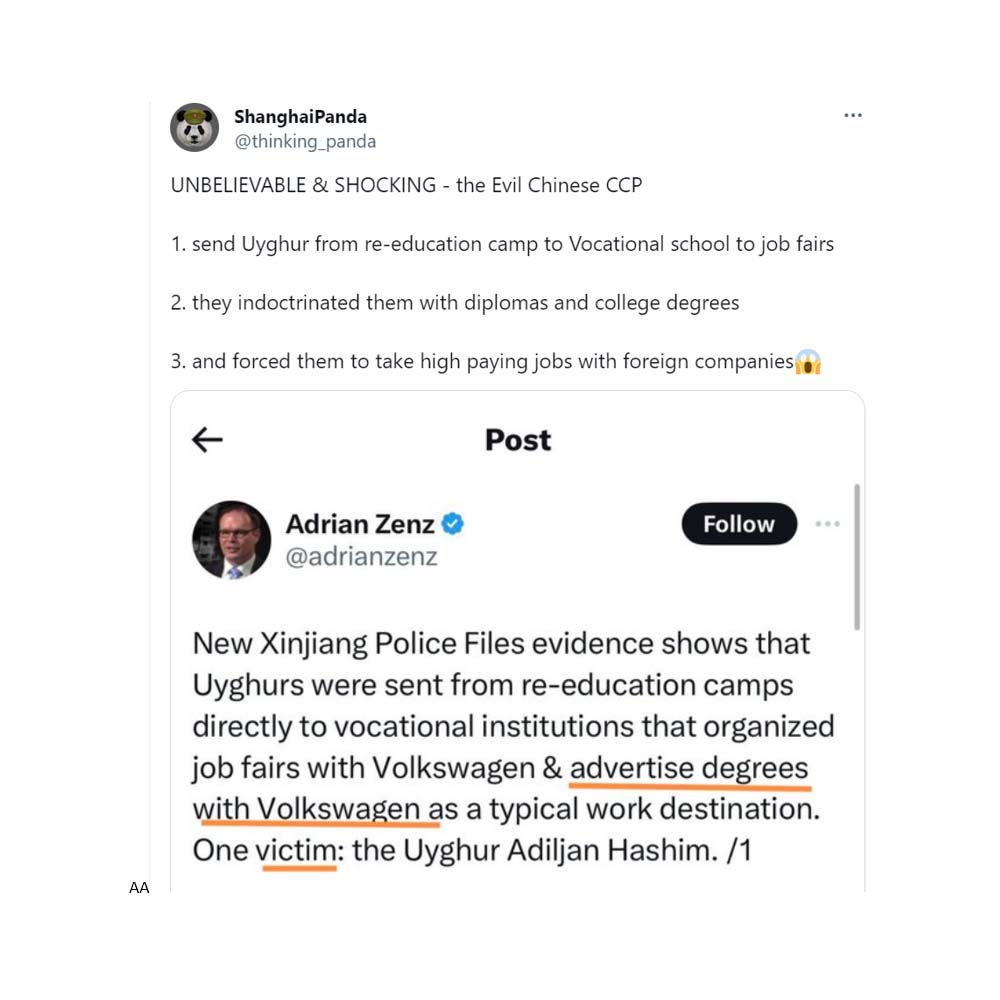
China-bashers have also turned to accusing China of attacking Uyghur culture. The film claims that people were targeted because they wore long clothes. That China attempts to integrate the Uyghur and Han cultures through “a family program” that includes cooking. Cooking? Is that now repression? Waiting for a Han-Uyghur restaurant in New York. In the U.S., it’s called “fusion cuisine!”
The film opens with a picturesque clip of a young Uyghur woman dancing and saying how important dance was to her. There’s no indication anyone tried to stop her dancing.
But, ironically, now U.S. publications are running stories criticizing China for promoting Uyghur culture for tourism! Foreign Policy snidely refers to costumed dancers and actors performing historical scenes. But, promoting tourism with a focus on culture is standard economic development strategy for countries around the world. Why make a fuss about Uyghur-themed tourism in China? A way to finesse the claim that the Chinese oppose Uyghur culture? They allow it, but for the wrong reasons?
As it sinks to absurdity, this film gets high marks for tear-jerking drama and a failing grade for credibility.
I invite the writers and director to provide the evidence I request and to challenge the views presented here.
This keynote by Michael Schumann, the chairman of @BWA_Vorstand (Germany’s Federal Association for Economic Development and Foreign Trade) is very much worth a read. What he says on Xinjiang is particularly interesting, given the current US pressure – and German government caving – to get German companies to cut all links with the province:
“We are currently experiencing an escalating debate in Germany about investments by German corporations in Xinjiang. BASF and Volkswagen are at the center of this debate, and there is immense media and political pressure being built up right now on both companies to withdraw from the region. Ladies and gentlemen, I traveled extensively in Xinjiang years ago and saw the poor conditions in which people there lived. China had asked Volkswagen to invest in Xinjiang in order to create better job opportunities for the local population.
And with all due respect for the commitment to human rights, someone has yet to explain to me how it helps the people there, who are supposedly at stake, if you take those opportunities away from them. We need more commitment instead of less, we need more cooperation instead of confrontation, we need more exchange and understanding at the level of people who can relate to each other, even if they live in different political systems.”
He is a thousand % right and I’ve already pointed this out myself countless times. US pressure to cut all links with Xinjiang, with legislation like the “Uyghur Forced Labor Prevention Act”, is cynical to the extreme. Under the guise of “human rights”, these are policies that actually aim to impoverish the Uyghurs by making employing them or buying from them toxic, presumably for the purpose of sowing discontent and chaos in the region.
This legislation and others assume by default – contrary to even the most elementary logic – that as soon as you employ Uyghur workers (or even Xinjiang workers in general, or even if you have in your supply chain another company who themselves employ Xinjiang workers) then you are guilty of “forced labor”. Companies like BASF or Volkswagen can do as many audits as they want – and indeed they both have done several which didn’t find the slightest trace of forced labor, they’re guilty no matter what.
Noted on the internet:
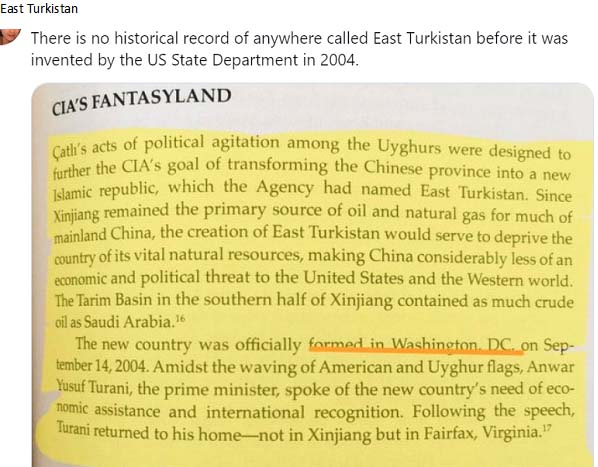


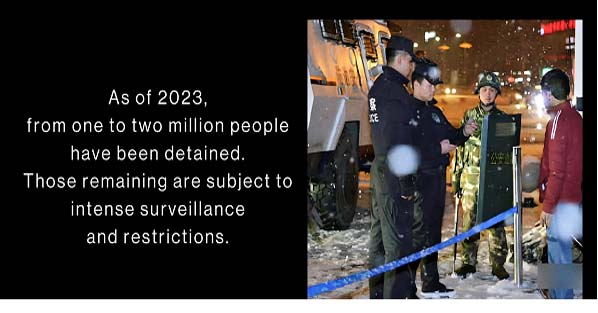

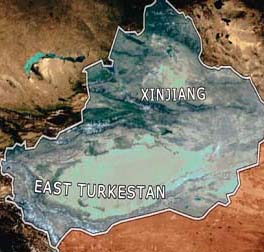
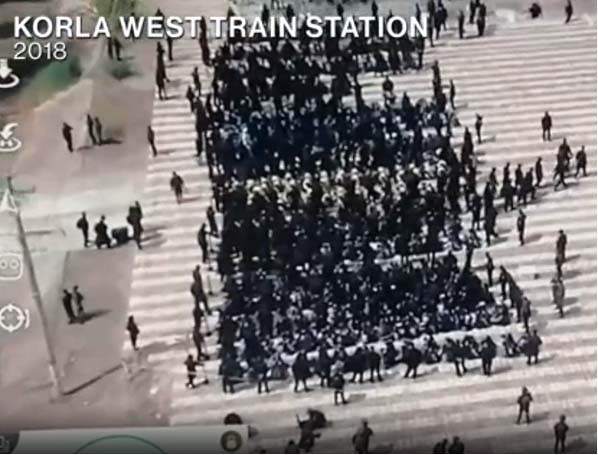
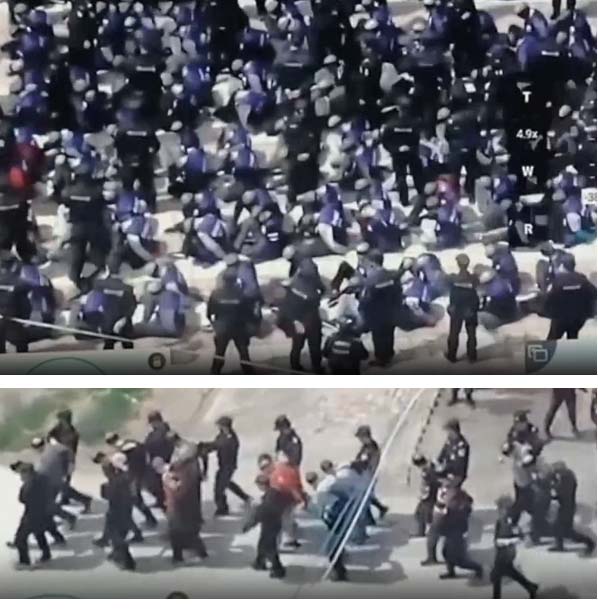
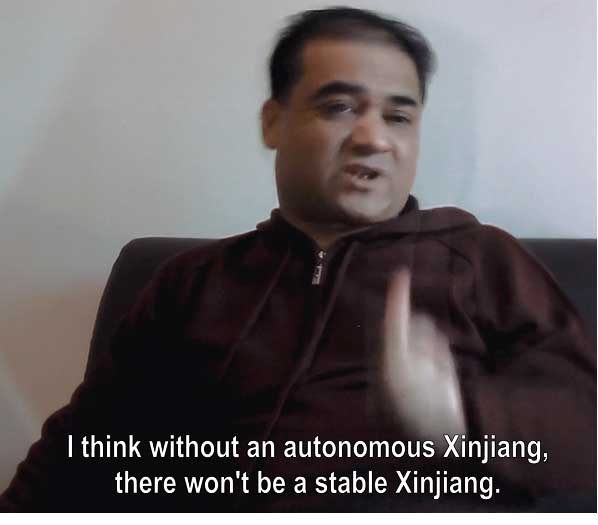

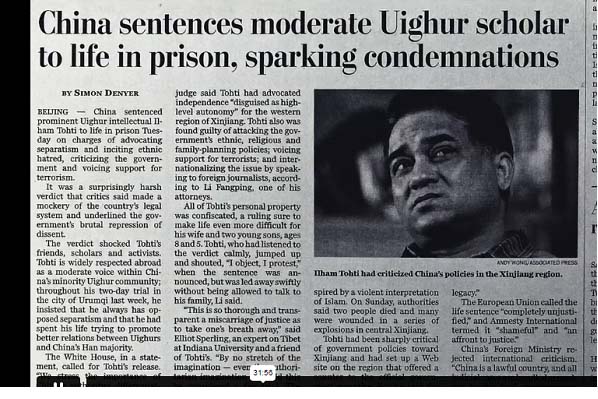
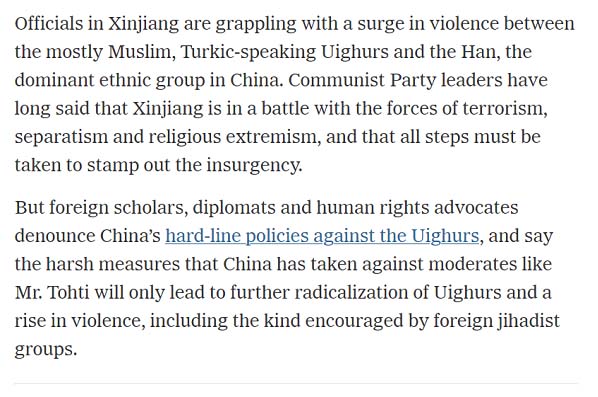
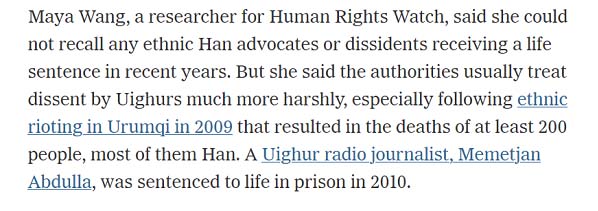
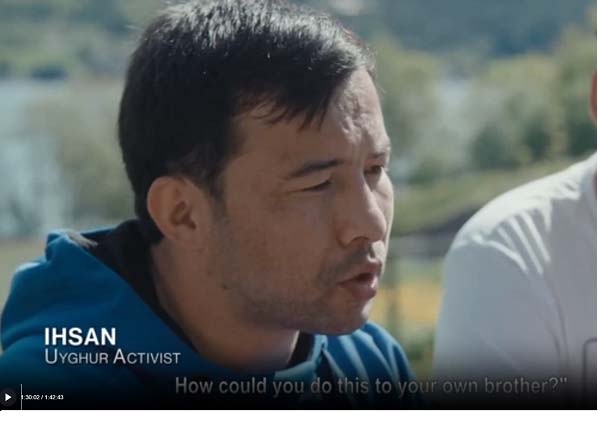
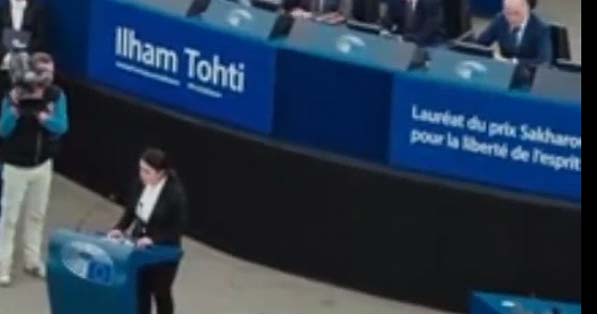

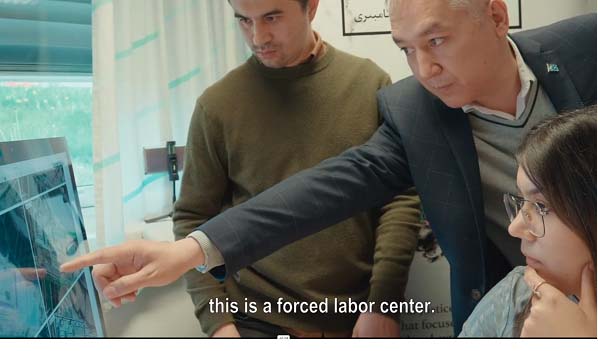
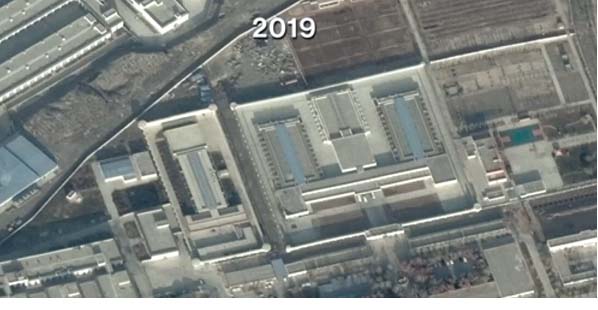
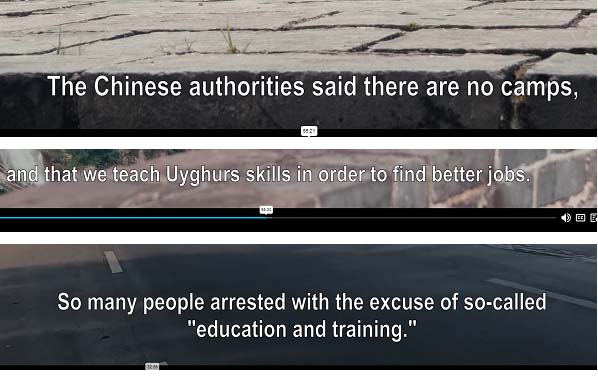


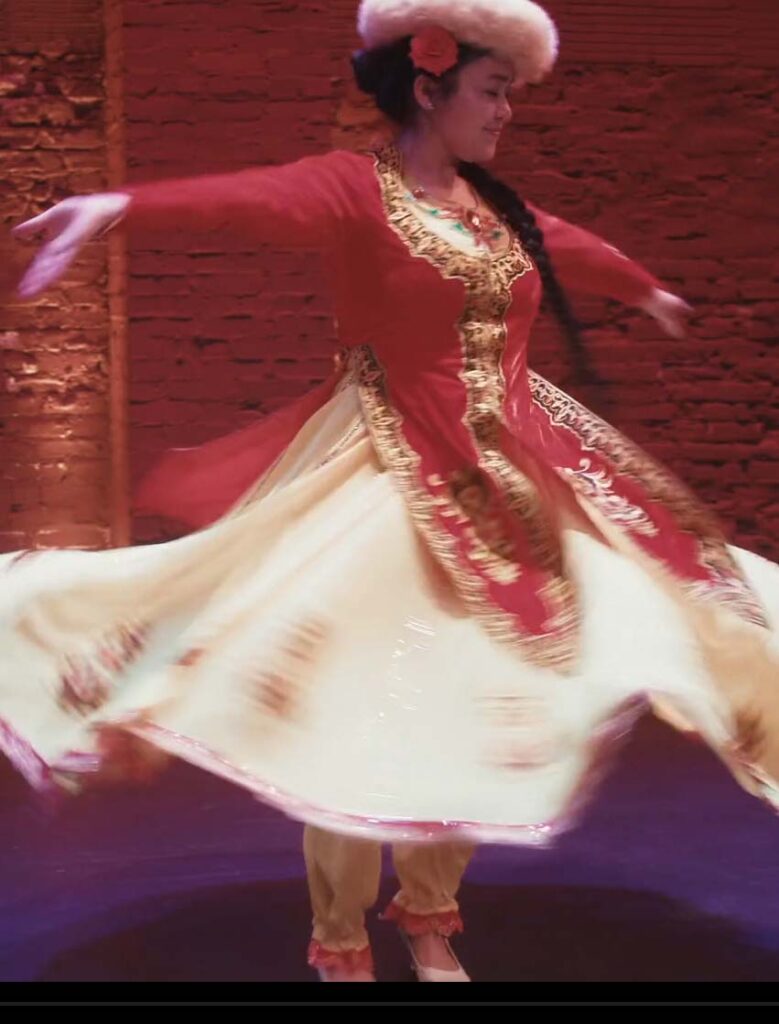
Pingback: Film "The Price of Truth" anti-Russia propaganda about "Nobel Prize" editor : The Komisar Scoop
Thank you for your comment! Important to have credible people counter the disinformation of the U.S.-UK Deep State.
Brilliant work Lucy, I’ll be honest, until this week I had not heard of you, I live and work in China, have travelled extensively in Xinjiang by bike, seriously riding along country roads in the Region for at least 5,000 kilometres and I can assure you, your finding s here are correct
For the record, I was there in 2005 and 2006 for holidays then again in 2014 when I rode a bicycle from the border of Macau to the border of Kazakhstan, I loved Northwest China and spent over 3 weeks in Xinjiang that trip. A few years later, I felt I had a need to “complete the journey” so my wife and I, she’s Han Chinese, flew to Urumqi, with another australian friend and cycled from Urumqi back to Guangdong – each time meant travelling slowly though the villages and rural areas of Xinjiang – it’s impossible to tell me there was an oppression going on since I was so well received and welcomed – including by many police officer, of which there are an abundance – it’s the safest, most stable region in the world but no oppression at all not a single person gave us the feeling of any problems.
I was also a police officer for 10 years in central London so I know what police oppression looks like, I have post graduate qualifications in behavioural psychology, so I can guess when people are not diplaying their true feelings.
By the way, it was Robbie Barwick who alerted me to your presence
You can see Kazakh, Uighur, and all these non-Han policemen carrying guns all over Xinjiang.
If any of these minorities were being oppressed, why the heck would the Chinese let them anywhere near a gun? This isn’t like Israel where they would never allow Palestinians near any guns
Pingback: “The Ally” Israeli-Palestinian argument is a riveting college campus drama : The Komisar Scoop